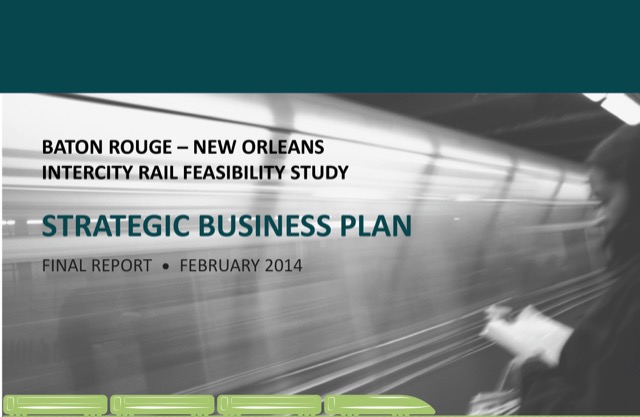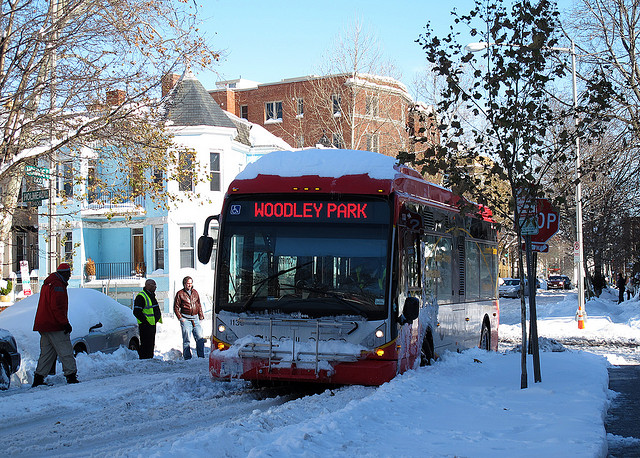Gabriel Roth, who turns 90 years young today, is a rock star among transportation economists, and a special inspiration for those of us who support reducing the federal government’s role in transportation. According to his C.V., Roth earned degrees in engineering from London’s Imperial College in 1948 and economics from Cambridge in 1954.
In 1959, he began research into improved road pricing systems. This led to his appointment to a Ministry of Transport commission that published a 1964 report advocating pricing congested roads in order to end that congestion.
In 1966, the Institute for Economic Affairs published his paper, A Self-Financing Road System, which argued that user fees should pay for all roads, and not just be used to relieve congestion. Roads should be expanded, Roth noted, wherever user fees exceeded the cost of providing a particular road, but not elsewhere.










